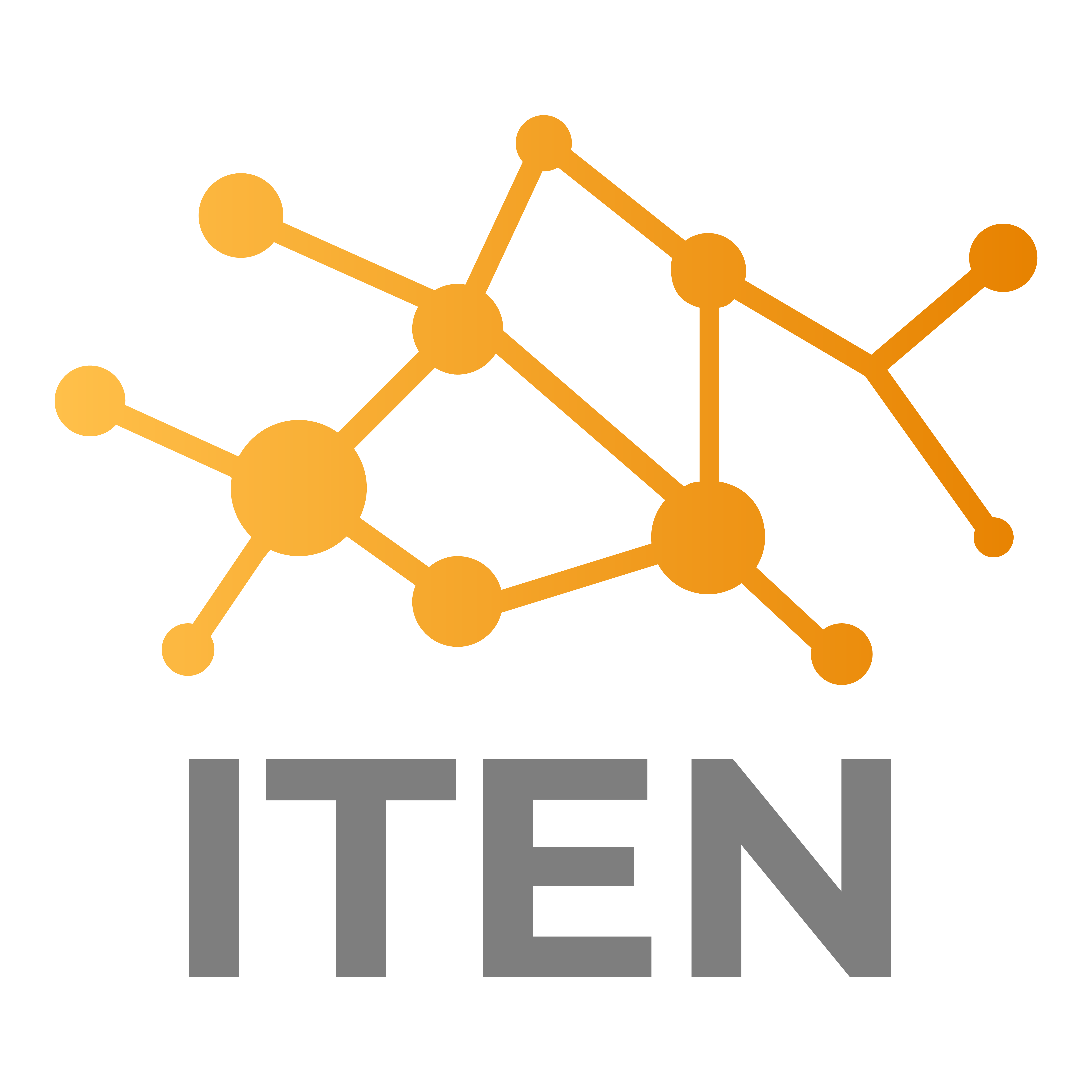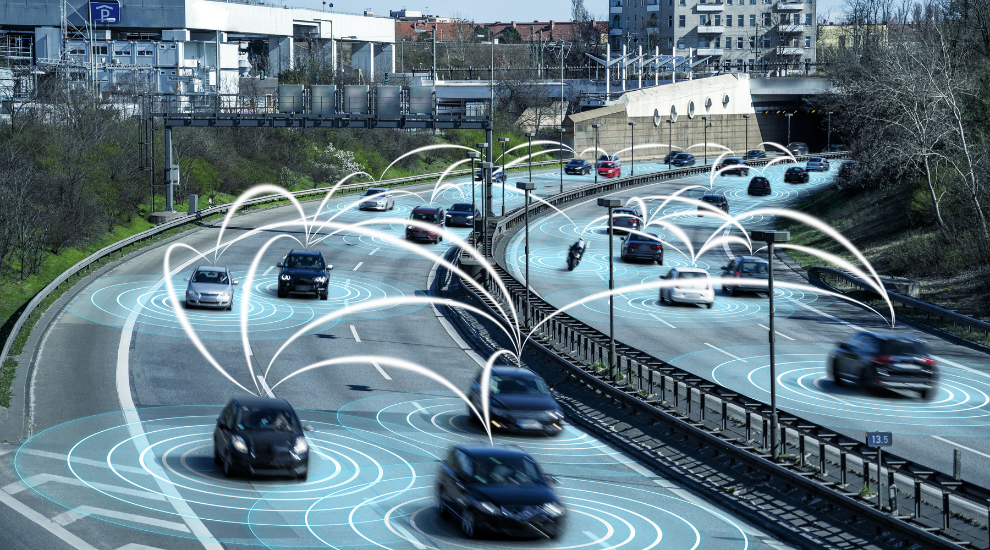ITEN member, Alan Stevens, and The Institution of Engineering and Technology has published a report on Advancing Safety in Transport Through Automation.
The report examines potential approaches to advancing safety in transport through automation. Written for the transport industry, the engineering community and anyone with an interest in autonomy, it aims to pose the question “how can we transform how we move people and goods in a safer way?”
There is a range of transport means, but the report focuses on four in particular: road, rail, maritime and air. Their current approaches to safety and risk are reviewed and evaluated, moving on to cover the impact of automation on safety – would automation improve safety or become a detriment? The autonomous systems looked at all share the same basic system architecture and are dependent on the need for high-integrity decision-making software. Automation in transport is growing and the sector is already actively pursuing the benefits of cost, safety and flexibility from the technology.
Therefore, the report notes that there is an opportunity to share knowledge and costs across the sectors, which may speed up development. Furthermore, there are also benefits to taking a common approach to safety to advance public acceptance.
Read the report for recommendations on the development of autonomous transport systems, approaches to measuring hazards, safety and risk, expected impacts of automation on safety, public perceptions, and more.
Automation is widely expected to have positive results for safety in the road sector. Automatic train control offers the possibility of improving the efficiency of the control of the movement of trains on the network by removing the variabilities of human driving and by eliminating human error.
The fast pace of change in maritime autonomy demands updated and relevant guidance for those owning and operating maritime autonomous surface ships. And lastly, automation not only has the potential to further improve the safety of aircraft but also to extend the use of aircraft in undertaking dull and dirty work. Download the 2-page flyer to read more of the highlights.
You can also check out the news article written to announce the launch. The article covers the 6 main points the report found:
We share six recommendations to promote a common approach to safety analysis and standards:
- Department for Transport (DfT) annual UK transport statistics should include a suitable cross-modal comparison of risk and safety.
- Invest in approaches to validate/verify data sets for artificial intelligence-based (AI) systems (training and operational) and qualification of AI safety-critical applications.
- Rail, air, and maritime all have investigation branches that have contributed massively to safety improvements over the years. Road has no such function and this has to change as automotive moves towards autonomy, or many lessons will be lost. DfT should establish a road accident investigation branch to bring together expertise in vehicle crashes.
- Establish a cross-modal working group to develop a new standard for the functional safety of programmable safety-related systems.
- Cybersecurity is becoming increasingly important in most modes of transportation, particularly as automation and connectivity grow. Therefore, relevant standards should be reviewed for their suitability and adequacy.
- Invest in further research on the public perception of autonomous systems. This will build trust through the design and development of inclusive solutions that increase adoption and address concerns around the negative impacts of autonomous systems.


Recent Comments